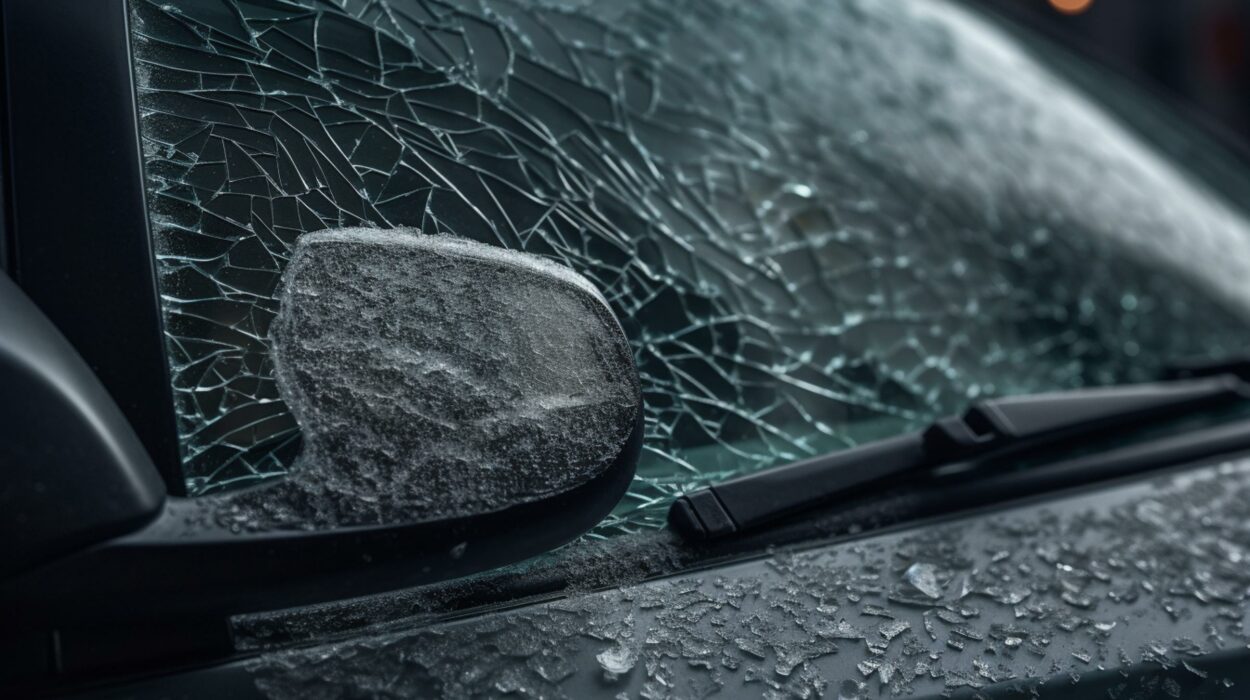So, you’ve found yourself in the unfortunate situation of dealing with impact damage to your property. Don’t fret! Impact damage insurance claims are here to save the day.
This handy insurance coverage is designed to protect you from the unexpected blows life throws your way. Whether it’s a fallen tree, a wild golf ball, or a runaway shopping cart, impact damage insurance has got you covered.
In this guide, we’ll walk you through the ins and outs of filing a claim, from understanding what types of damage are covered to navigating the common challenges that may arise.
So sit back, take control, and let’s dive into the world of impact damage insurance claims.
Understanding Impact Damage Coverage
If you have impact damage coverage, it’s important to understand what it covers and how it can benefit you in the event of an insurance claim. Impact damage coverage typically protects you from damage caused by sudden, accidental impact to your insured property. This can include damage from things like falling trees, hailstorms, or even vehicle collisions.
Understanding the extent of your coverage is crucial in knowing what types of incidents will be covered by your insurance policy. By having impact damage coverage, you can have peace of mind knowing that you’re protected financially in case of unexpected accidents.
It’s always a good idea to review your policy carefully and consult with your insurance agent to clarify any doubts or questions you may have about your coverage.
Types of Impact Damage Covered by Insurance
To fully understand the impact damage coverage provided by your insurance policy, it’s important to be aware of the types of incidents that are covered. Here are some common types of impact damage that are typically covered by insurance:
- Vehicular Collisions:
- Accidents involving your vehicle and another vehicle or object, such as a tree or pole.
- Hit-and-run incidents where your vehicle is damaged by an unidentified driver.
- Single-vehicle accidents, such as hitting a curb or guardrail.
- Falling Objects:
- Damage caused by objects falling onto your property, such as tree branches, satellite dishes, or construction debris.
- Natural Disasters:
- Impact damage caused by severe weather events like hailstorms, hurricanes, or earthquakes.
Steps to Filing an Impact Damage Insurance Claim
When filing an impact damage insurance claim, you’ll need to gather all necessary documentation and contact your insurance provider. Start by collecting any evidence of the impact damage, such as photographs or videos, as well as any other relevant information, such as police reports or witness statements. Make sure to keep copies of all documents for your records.
Next, contact your insurance provider as soon as possible to report the claim. Provide them with all the details of the incident and the damage caused. They’ll guide you through the claims process and may request additional information or documentation. It’s important to follow their instructions and provide any requested information promptly.
Remember to keep records of all communication with your insurance provider throughout the claims process.
Common Challenges in Impact Damage Claims
One common challenge you may encounter in impact damage claims is the difficulty of accurately assessing the extent of the damage. This can be particularly challenging because impact damage can often be hidden or not immediately visible.
To help you navigate this challenge, here are some key factors to consider:
- The type of impact: Different types of impacts can result in varying degrees of damage. For example, a minor collision may only cause superficial damage, while a more severe impact can lead to structural damage.
- Hidden damage: Impact damage may not always be immediately apparent. It’s important to thoroughly inspect the affected area, including hidden components and structures, to ensure that all damage is properly documented.
- Pre-existing damage: Determining the extent of impact damage can be complicated if there was pre-existing damage. It’s crucial to accurately differentiate between pre-existing damage and damage caused by the impact.
Tips for Maximizing Your Impact Damage Insurance Claim
Maximize your impact damage insurance claim by providing detailed documentation of the damages. Take the time to thoroughly assess and record all the affected areas, including photographs and written descriptions. Be sure to document any visible signs of impact, such as dents, scratches, or structural damage.
In addition, gather any relevant invoices, receipts, or estimates for repairs or replacements. This documentation will serve as evidence to support your claim and increase your chances of receiving fair compensation.
It’s also essential to keep a detailed record of any conversations or correspondence with your insurance company, including dates, times, and names of individuals involved. By providing thorough documentation, you can maintain control over your impact damage insurance claim and ensure that you receive the maximum coverage you’re entitled to.


Recent Comments